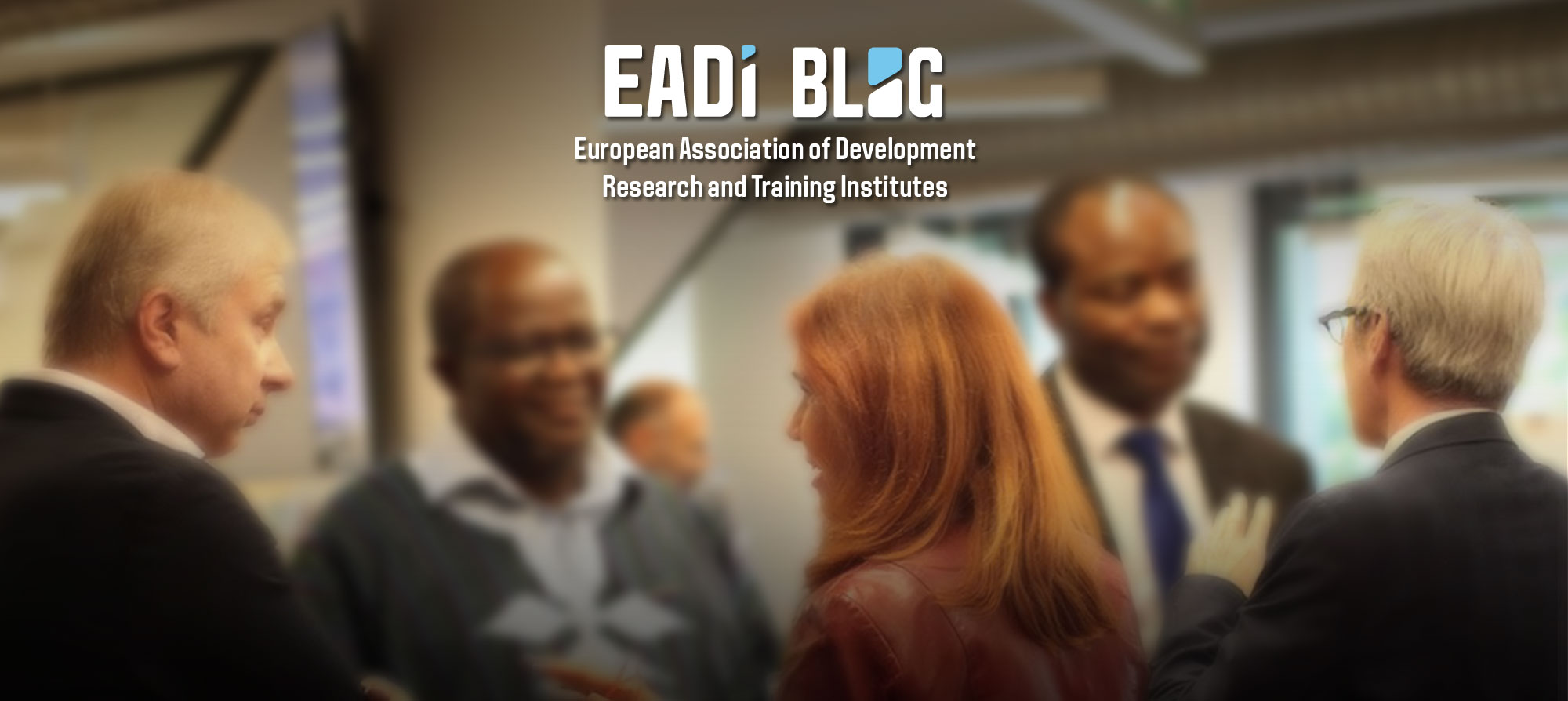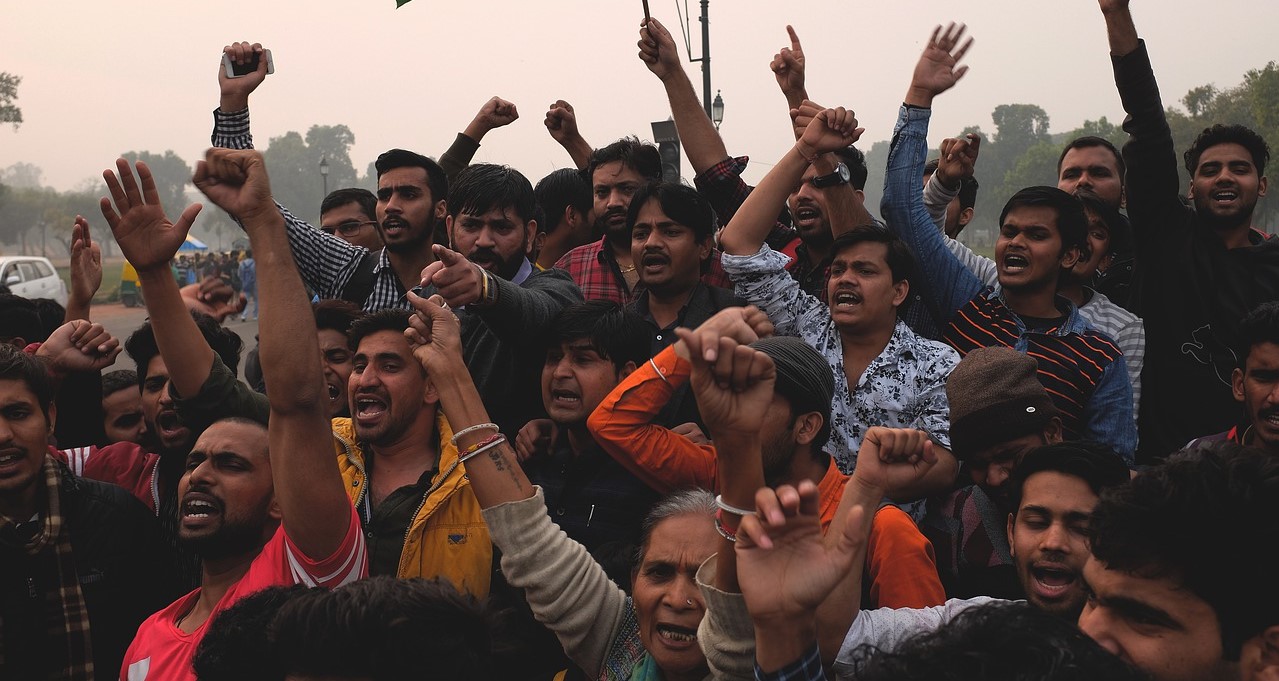By Anthony P. D’Costa
Lately the Indian state under the ruling Bharatiya Janata Party (BJP or Indian People’s Party) has attracted a lot of attention. Aside from its divisive, populist Hindu-chauvinist politics, the government under Modi has unleashed an array of programs and projects, ostensibly designed to lead to a “new” united and prosperous India. Alas, the Citizenship Amendment Act, the poorly thought-out demonetization program, and the draconian nationwide lockdown during the corona virus pandemic did not unite India or make it prosperous. A society that used to value diversity now puts the onus on India’s non-Hindus, particularly poor Muslims, to prove their loyalty, while demonetization instead of wiping out illegal wealth caused untold hardship for the cash-based informal sector, and the lockdown unleashed one of the world’s largest human migrations ever within a span of a few weeks as workers from urban areas returned to their villages on foot.
In our book “Changing Contexts and Shifting Roles of the Indian State: New Perspectives on Development Dynamics”, Achin Chakraborty and I argue that the state that preceded the BJP-led state offers a very different narrative to the one presented above. The quick answer to why BJP switched to a muscular approach to development is their landslide 2019 victory in the general elections, further emboldening the regime to carry out its Hindutva agenda, implement unilateral policies on the economy and society, and in the process marginalizing inclusivist policies. We unpacked the changing role of the Indian state by pursuing three broad threads: the changing nature of the relationship between state and capital and the mediating role of society in influencing developmental outcomes; the seemingly contradictory roles of the state in undertaking major state-sponsored social programs and the opening of greater spaces for the market; and the dynamic relationship between state and the form of democracy under changing political regimes.
Our goal was to demonstrate the existing gap between abstract theorizing of the state and its actual workings on the ground. To do this we disaggregated the state into the multiple societal pressures to which it must respond under democracy when political regimes change; noted that the state cannot completely ignore the weakest members of the society mobilized by rights-based social and political movements; and acknowledged that state capacity is limited in a highly heterogeneous society with fractious dominant classes. This kind of analytical framework took off from the rich theorizing of the “developmental” state based on the effectiveness of the East Asian experiences. However, we found that India could not be considered a typical developmental state, partly because of the different vector of social and political variables and institutions from that of East Asia, and partly because the Indian state had been pursuing rights-based welfare policies rather than just growth.
While the state must juggle the demands of economic growth and social welfare goals, in a pluralistic democratic society certain basic conditions of life are expected to be provided to the people. This is something the political class cannot ignore, even when the dominant policy discourse among the elites in India revolves around economic growth in a deregulated environment. Our observation was that the state exhibited a multifaceted role, as it distanced itself from conventional forms of intervention such as investment-driven industrial development, and moved consciously toward the expansion of human capabilities by accommodating civil society’s demands for rights-based legislations. This was in our view one major shift in the context of the role of the Indian state. But with declining public investments, the growing maturity of the capitalist class, the rise of the Indian middle class, and creeping neoliberal policies, the role of the state had reached another turning point. Nevertheless, the various rights-based pre-BJP legislations such as the minimum employment guarantee program and the rights to information, education, and food suggested that the state was intervening, even if selectively and reluctantly, in social welfare matters. These measures could be interpreted as a payoff to maintain political order as well as a redistributive mechanism to alleviate the grotesque forms of inequality that emerged from the specific form of neoliberal capitalism and the democratic demands of the Indian polity.
The move towards social welfare
Therefore, instead of characterizing the Indian state with a singular view, we focused on what the contemporary Indian state actually does and does not do, the different ways it intervenes, the different levels at which it operates, and the motives behind that mode of intervention. We found that the shift in the role of the state was not just a matter of moving from statism to market reforms, which is now a familiar story. It was also a move toward social welfare that was underpinned by redistributive politics.
While there are several plausible reasons, the key to understanding this change was the centrality of India’s redistributive politics. These were driven by a substantial decentralization of the federal state, greater availability of information, and the political rise of the underrepresented social groups and regional parties. The social fatigue since the 1970s due to lackluster growth and persistent poverty had contributed to a pronounced political demand for redistributive justice, which in the scheme of electoral politics led to not only populist policies for sharing economic growth, but also to a genuine deepening of democracy through rights-based legislations.
We knew that the ability to implement policies, projects, and programs are dependent on the capacity of the state, which in turn is dependent on its internal organization, the ideological glue that ties its different arms and levels, and the degree of accountability demanded. Given the scale and the federated structure, it was inevitable that the performance of the Indian state would be uneven by regions and by programs. We could show that both its dysfunctionality as well as the provision of rights through employment programs indicated the role of the state as iterative, interactive, accommodating, and subject to capture and autonomy, all rolled into one.
The ambiguities of the conditions of neoliberalism, globalization, and inclusive development indeed make for difficult choices, and the negotiation between the state and citizen remains integrally linked to Indian politics. The trajectory of India’s development, as we argue, must therefore be understood in terms of the political contestations among interest groups and the state’s selective accommodations and denials of the demands emanating from these groups.
From an ambiguous state to an “electoral autocracy”
Today, with the re-election of the BJP in 2019, the role of the Indian state looks very different from what we presented in the book. The state is no longer secular, instead it is a divisive Hindu-majoritarian state that entertains no consultations or criticisms and rules with impunity. It has completely usurped the democratic political space by muffling the media, intellectuals, and anyone else that dare resist the dominant BJP narrative. The state now resorts to the colonial era sedition laws even when farmers rally against neo-liberal policies. Today, the context and the role of the Indian state has indeed changed. It is now an “electoral autocracy”, a far cry from the accommodative state that believed in protecting people’s rights, pursued social inclusion, and relied on a pluralist, democratic foundation of India. How to turn this around is both a theoretical and practical challenge to all those interested in people’s rights and welfare in an open and democratic India.
Anthony P. D’Costa is Eminent Scholar in Global Studies and Professor of Economics, College of Business, University of Alabama in Huntsville, USA
The book “Changing Contexts and Shifting Roles of the Indian State: New Perspectives on Development Dynamics”, is based on a conference organized by the Australia India Institute, University of Melbourne and the Institute of Development Studies Kolkata.

